There are many instances where a filmmaker ensured that time and money didn't get into the way of what s/he wishes to convey to the audience. Here's a look at a few of them...

Boyhood
A film titled Boyhood released on Friday. Directed by Richard Linklater, it stars Ethan Hawke and Patricia Arquette who play the role of parents to lead protagonist Ellar Coltrane's character.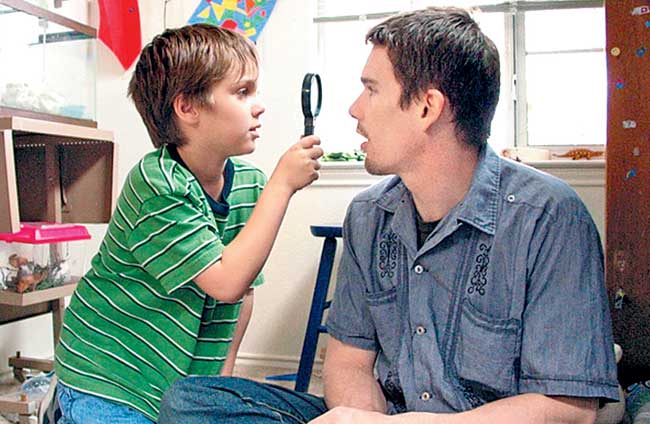
What makes this movie unique is it redefines the coming-of-age genre as the director shot the film over a period of 12 years, quite literally overseeing Coltrane — and other cast members — grow from a boy into a young man.
What's more intriguing is the fact that the shooting spanned just 39 days in total, with Linklater requesting Hawke to complete the film in case he drops dead in the middle of it!
If you think this is just a one-off case of patience and perseverance in the world of cinema, you might be mistaken. There are plenty more such instances where a filmmaker ensured that time and money didn't get into the way of what s/he wishes to convey to the audience. hitlist points out a few of them...
Gone with the Wind (1939)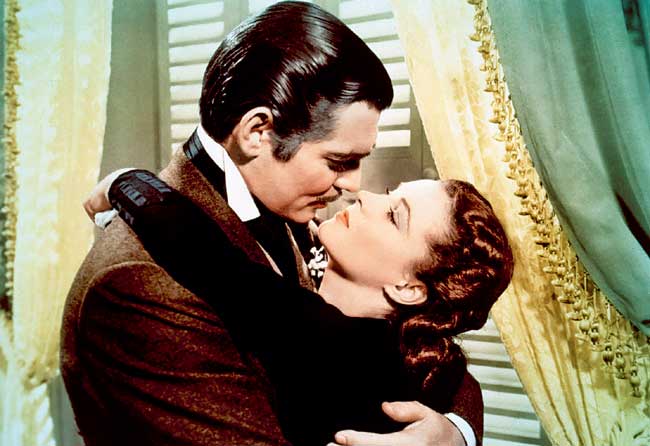
Director: Victor Fleming
Lowdown: Once the shooting was wrapped up, the director had an 88-hour-long footage. From the initial stages of development, one thing was clear: Not everyone associated with this classic was happy to be part of it. Its lead actor Clark Gable had his share of apprehensions about the script even after signing the film. After all, when it released, it had a theatrical runtime of over four hours, thus making it the longest film ever to score an Oscar for Best Picture. Moreover, there were intense speculations whether the film would materialise given the simultaneous heralding of World War II on the other side of Atlantic.
The Magnificent Ambersons (1942)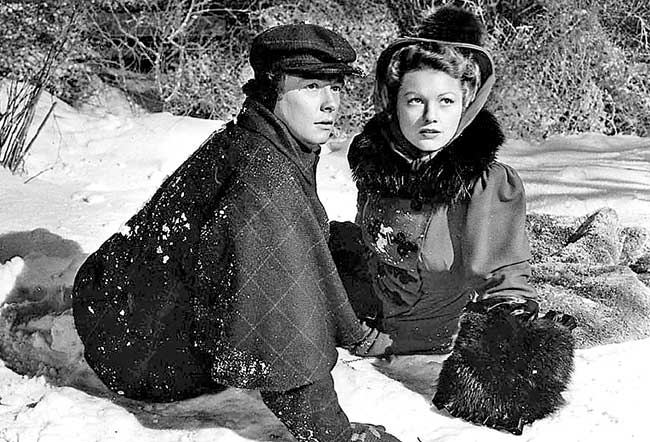
Director: Orson Welles
Lowdown: At the age of 26, Welles made a startling directorial debut with Citizen Kane. Needless to add, there was much interest in what would be his second feature film. Turns out it was great but it came with a caveat: it wasn't complete; well not as complete as Welles would have liked it to be. With the budget shooting out of the roof and technical glitches marring the set repeatedly, there came a point when the director had to slug it out with the producers and the editor. Not the kind to compromise, Welles almost disowned the film but not before critics pointed out that it could have been another Citizen Kane.
War and Peace (1966)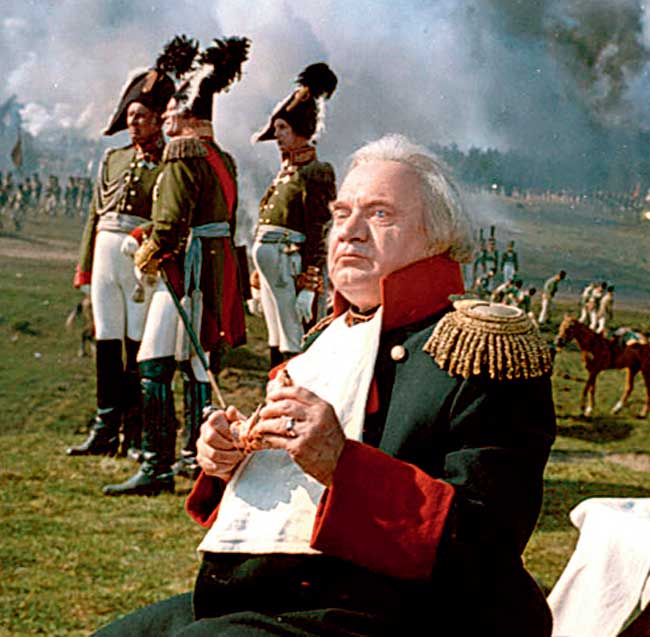
Director: Sergei Bondarchuk
Lowdown: If you thought Cold War was restricted to the US and the Soviet battling it out diplomatically, think again. Similarly, the race to supremacy wasn't just limited to the space alone; cinema was a welcome frontier too. And this Russian endeavour personified that ambition. Taking six years to complete with a theatrical runtime of 427 minutes, the film was so monumental — clocking at $96 million — that even the Russian government didn't think twice before financing it partly. To add to the drama, Bondarchuk suffered two heart attacks but decided to go ahead with what he intended to bring to the big screen.
Apocalypse now (1979)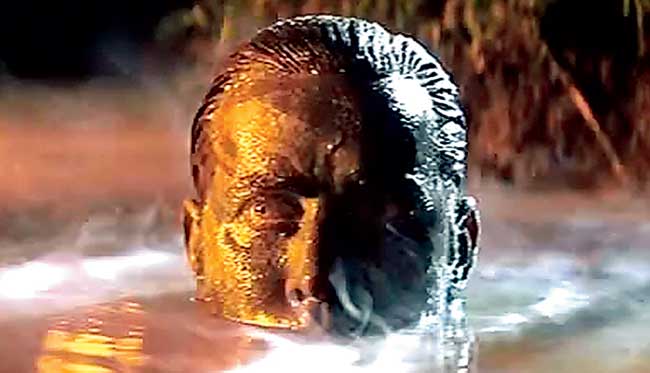
Director: Francis Ford Coppola
Lowdown: Coppola initially wanted to complete the $12 million film in six-weeks flat but being someone who never stuck to the script, Coppola ended up shooting for 16 months with the expenses exceeding $31 million. And if that's not enough, he had more than 200 hours of raw footage while personally losing over 50 kg during the shoot in Philippines. His lead actor, Martin Sheen, even suffered a heart attack on the set in the Filipino jungle due to stress. Regardless, Coppola desired to leave behind a masterpiece — something he accomplished anyway with this tribute to the horrors of Vietnam War.
Heaven's Gate (1980)
Director: Michael Cimino
Lowdown: It's not always that a filmmaker's vision is reciprocated with success. Many a times, the resulting film proves to be not only a disaster but also etches an irreversible mark on the director's career. And that's what Cimino experienced with this film. Notorious for his single-minded approach, his obsession with getting the right shot annoyed the cast and crew alike. For the biggest and the most expensive Hollywood flop ever, the Italian-American director shot for 200 hours worth of viewing! And if that wasn't discouraging enough, the film's failure led to the ignominious sale of the United Artists Studio to MGM.
Shoah (1985)
Director: Claude Lanzmann
Lowdown: Holocaust inspired European as well as American cinema but it'd be impossible to beat the length of this particular French documentary. Revolving around the victims of World War II, it features an extensive footage of concentration camps and interviews of survivors. Lanzmann shot the film using historical archives and travelled for about 11 years. When the film finally released, celebrated critic Roger Ebert described it as "one of the noblest films ever made" before declining to rank it. His explanation for doing so: Shoah belonged in a league of its own and no film should be ranked against it.
Satantango (1994)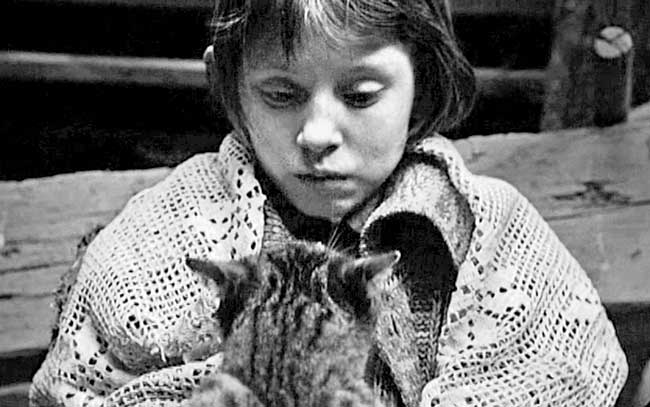
Director: Béla Tarr
Lowdown: Some filmmakers take the term 'screen adaptation' way too literally. Tarr has to be one of them as he turned an intriguing Hungarian novel into a seven-hour long film. What worked to his credit though is that the acclaimed filmmaker waited for almost a decade — owing to political trepidations — to get going with his dream film. Despite its length, the end product was not only appreciated but also formed a cult following with the rise of Internet. It happens to be one of the most memorable Hungarian films ever.
Waterworld (1995)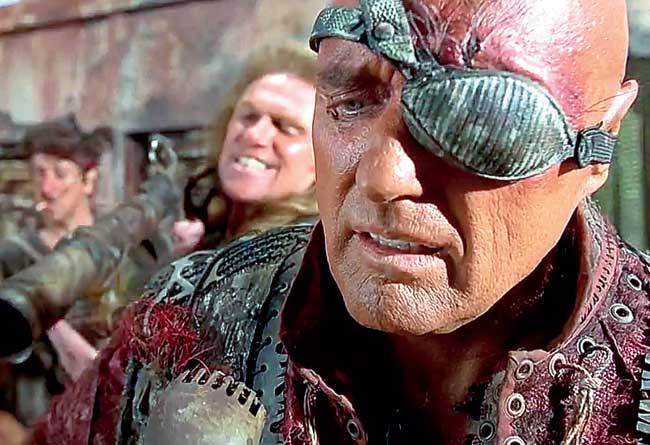
Director: Kevin Costner, Kevin Reynolds
Lowdown: This uber-ambitious film might not have impressed everyone but the costliest film made before Titanic (1997) took the honours later, was an example of directorial perfectionism. Costner was on the set 157 days, working six days a week. During which, the script involving six different writers, underwent 36 different drafts. And to top it all, both the directors had a standoff on the set, resulting in Reynolds walking out of the project — leaving Costner to finish it. For good or for worse, the Oscar-winning actor-director jumped on the chance of carving the film the way he wanted to, despite all the drama.
Following (1998)
Director: Christopher Nolan
Lowdown: Before this legendary filmmaker became what he is known for these days, he went through the same struggles most filmmakers do with this film. Set in England, it was to mark Nolan's directorial debut in a full-length feature. However, due to lack of funds and a full-time working crew, he had to shoot the film on weekends for a year. A number of obstacles occurred as one crewmember or the other would be absent, week in and week out. In the end, he made a sparkling debut and ensured he bagged his second feature film, Memento (2000), which laid out a course for his much-envied filmography today.
Fight Club (1999)
Director: David Fincher
Lowdown: You either get it right or you keep trying. Fincher doesn't believe in either of these theories as he likes to shoot according to his mood. He shot over 1,500 reels of Fight Club — more than three times the usual amount for a 120-minute film — leaving the editor exasperated. No wonder the end product is considered to be one of the finest movies of all time. However, that won't negate the fact that the filming lasted 138 days, with over 300 scenes shot on 200 locations and 72 sets constructed only to be destroyed in the film itself!
The Lord of the Rings trilogy (2001-03)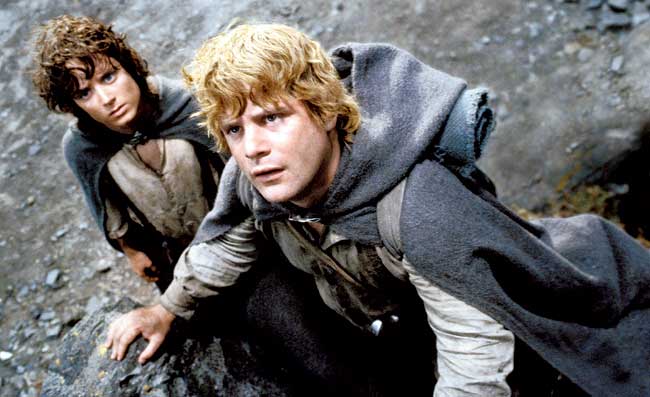
Director: Peter Jackson
Lowdown: Just to give you a perspective into the economics of filmmaking, the animation feature Tangled (2010) cost more than all the three Lord of the Rings movies put together. But then Jackson understands Middle Earth as well as he gets the significance of time and money. Which explains why the filmmaker shot all the three installations in one go which eventually minimised the production cost — with the trilogy grossing in almost $3 billion at the BO — over seven years.
Gravity (2013)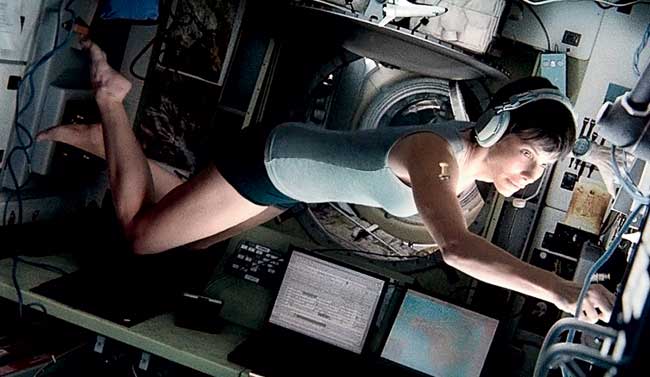
Director: Alfonso Cuarón
Lowdown: How does a filmmaker deal with a vision that can't hitherto be translated into celluloid? Well, he waits. At least that's what Cuarón did. Having spent four years in developing the script along with the infrastructure, he was figuring out how to take it forward. It was only after the release of James Cameron's groundbreaking Avatar (2009) — that pushed technological frontiers like never before — that Gravity became a feasible idea. What followed next was a recoup of casting — so as to lower the budget — and loads of green screen.
 Subscribe today by clicking the link and stay updated with the latest news!" Click here!
Subscribe today by clicking the link and stay updated with the latest news!" Click here!









